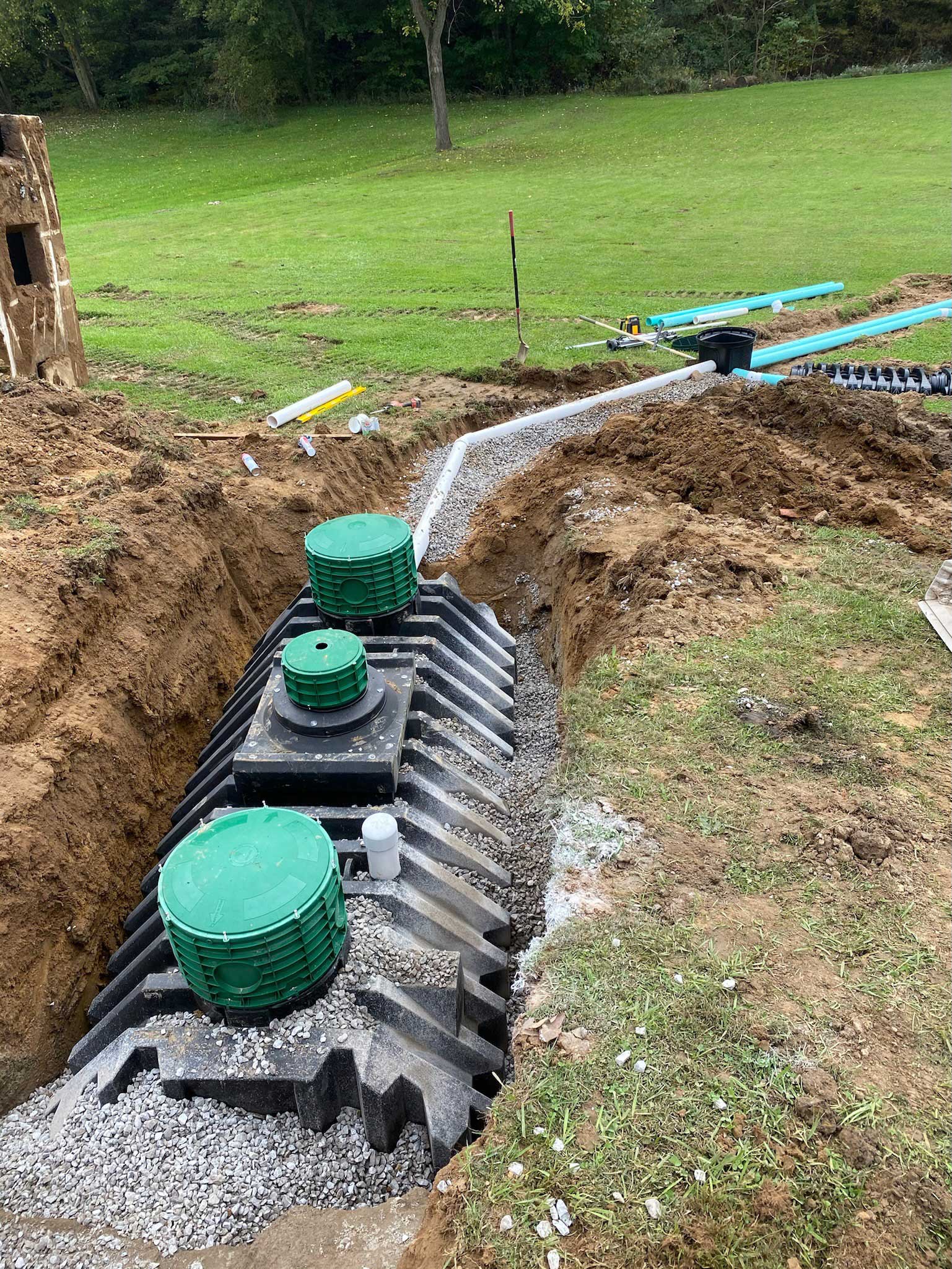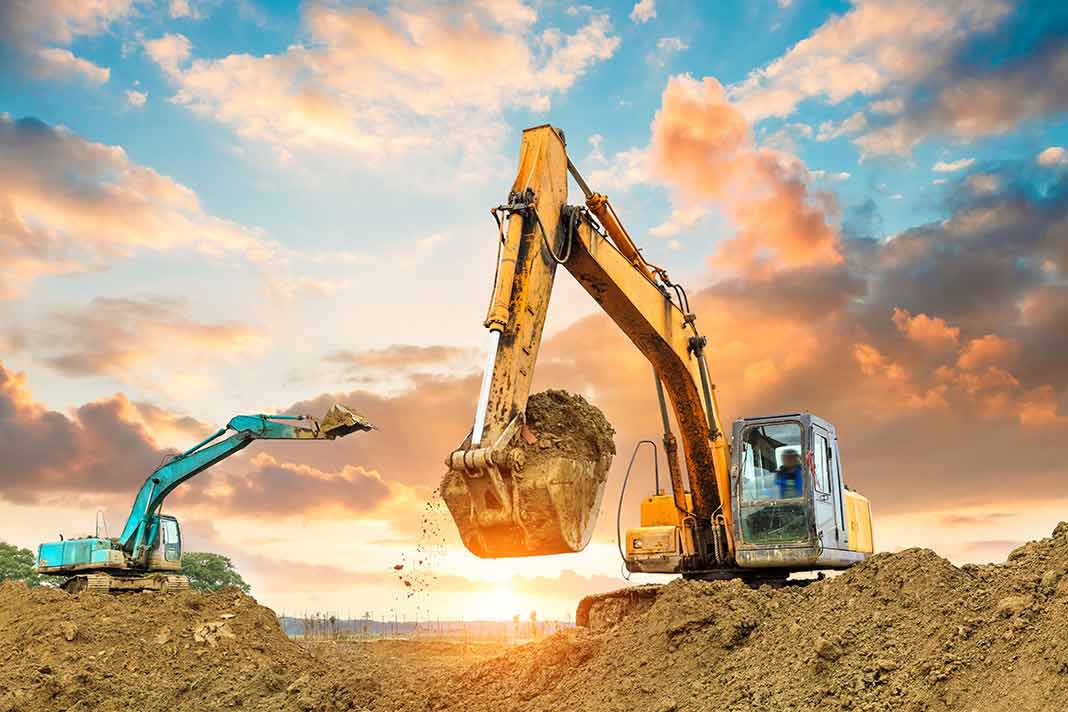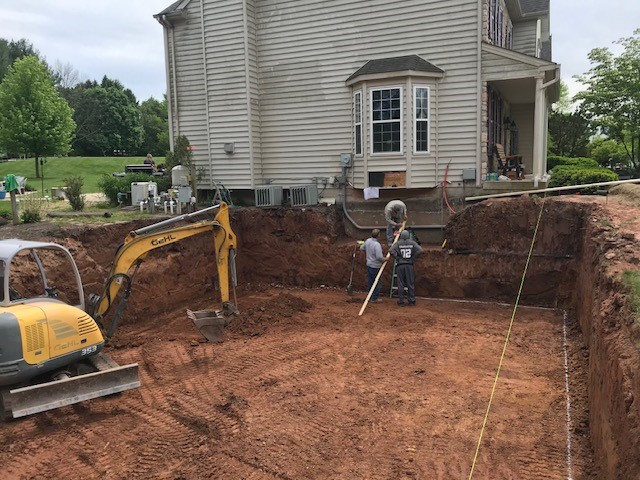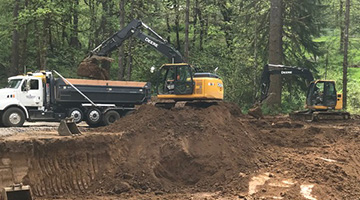Septic Ohio - Comprehensive Septic Tank Providers in Ohio
Septic Ohio - Comprehensive Septic Tank Providers in Ohio
Blog Article
In-Depth Expedition: The Scientific Research Behind Superior Excavation Practices
From ancient hand devices to modern hydraulic excavators, the advancement of excavation techniques has actually been a testament to human resourcefulness and technical improvements. What really sets superior excavation techniques apart is a deep understanding of geological concepts, coupled with the utilization of cutting-edge devices and methods.
Advancement of Excavation Methods
Throughout background, the evolution of excavation methods has played a crucial duty ahead of time building and construction methods and archaeological explorations. From the simple tools made use of by our ancestors to the innovative machinery used in contemporary times, the progression of excavation approaches has actually substantially changed how we approach numerous jobs.
In old times, hands-on labor with basic tools such as pickaxes, shovels, and wheelbarrows was the key technique of excavation. This labor-intensive procedure limited the deepness and scope of excavations, usually causing slow development and limited accessibility to certain websites. However, as worlds advanced, so did the methods and tools utilized for excavation.
The Industrial Change marked a transforming factor in excavation techniques with the introduction of steam-powered machinery. This technology transformed the area, permitting faster and more substantial excavations. In modern times, technology plays a pivotal function in excavation, with developments like GPS systems, drones, and 3D scanning improving accuracy and efficiency in the area. The development of excavation techniques remains to form the way we construct, check out, and comprehend the world around us.
Duty of Technology in Excavation

The combination of advanced technology has actually fundamentally changed the area of excavation, improving precision and efficiency to extraordinary levels. One of the key technical improvements that has considerably impacted excavation methods is the use of GPS systems. These systems permit specific mapping of excavation sites, enabling drivers to precisely locate below ground energies and structures. In addition, using telematics in excavation equipment has actually enabled real-time monitoring of maker performance, bring about proactive upkeep and enhanced functional efficiency.
Additionally, the introduction of 3D modeling and simulation software application has structured the planning process for excavation tasks. Designers and drivers can now picture the whole excavation procedure before breaking ground, recognizing potential difficulties and maximizing workflow. In combination with this, the execution of drones in excavation tasks has helped with airborne surveys, volumetric measurements, and site evaluations with unrivaled speed and accuracy.
Geological Principles in Excavation
An understanding of geological concepts is crucial for guaranteeing the architectural stability and security of excavation sites. Geological elements play an important role in determining the feasibility and safety and security of excavation projects.
Furthermore, the geological framework of the area, including faults, fractures, and rock developments, need to be carefully analyzed to determine potential threats and difficulties. Excavating near geological fault or unpredictable rock formations can lead to instability and prospective hazards. By performing complete geological surveys and analysis, designers and excavators can create techniques to mitigate dangers and ensure the effective conclusion of excavation tasks. Ultimately, including geological principles into excavation techniques is important for attaining safe, efficient, and lasting results.

Newest Tools for Excavation
In the world of excavation practices, modern technologies in devices have revolutionized the performance and precision of excavation processes. These drones can give thorough airborne surveys of excavation websites, using real-time data on topography and possible risks.
One more cutting-edge tool obtaining popularity is the implementation of 3D printing modern technology for producing custom excavation tools. This permits the production of specialized devices that are tailored to the specific needs of a job, raising efficiency and decreasing downtime.
Furthermore, developments in materials science have actually caused the development of stronger and a lot more long lasting excavation tools. septic ohio. Tungsten carbide-tipped excavator accessories, for instance, offer premium performance in tough ground conditions, boosting efficiency on-site
Scientific research's Effect on Excavation Practices

Additionally, webpage improvements in materials science have actually caused the development of more powerful, a lot more resilient excavation tools and tools. The usage of composite materials in shovels and diggers has boosted their performance and long life, ultimately enhancing efficiency on excavation sites. In addition, scientific study on soil technicians and geotechnical engineering has actually offered valuable insights right into soil actions, allowing excavation experts to make informed decisions relating to excavation techniques and dirt stabilization methods. Overall, science proceeds to drive innovation and enhancement in excavation techniques, making excavation projects more reliable, affordable, and lasting.

Verdict
To conclude, the development of excavation methods has been greatly affected by improvements in innovation and a deeper understanding of geological principles. The current devices and equipment used in excavation have actually enhanced efficiency and accuracy in the area. The application of scientific knowledge has dramatically improved excavation practices, bring about extra lasting and efficient approaches for digging deep into various sorts of materials.
In the world of excavation techniques, modern advancements in devices have reinvented the effectiveness and precision of excavation processes. By leveraging clinical concepts, the excavation market has been able to significantly boost performance, precision, and security in excavation processes. GPR permits excavation groups Get More Info to non-invasively scan and map subsurface structures, energies, and prospective risks, allowing them to prepare excavation projects with better accuracy and decreased risk of crashes.
Furthermore, scientific study on soil technicians and geotechnical engineering has actually supplied important understandings right into soil actions, enabling excavation professionals to make educated decisions regarding excavation approaches and soil stablizing methods. Overall, scientific research continues to drive technology and enhancement in excavation techniques, making excavation tasks a lot more efficient, cost-efficient, and sustainable.
Report this page